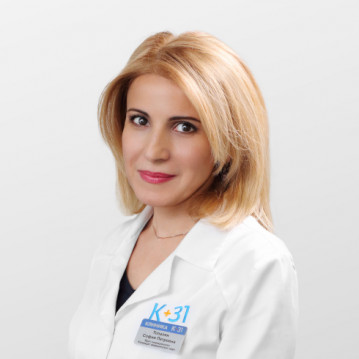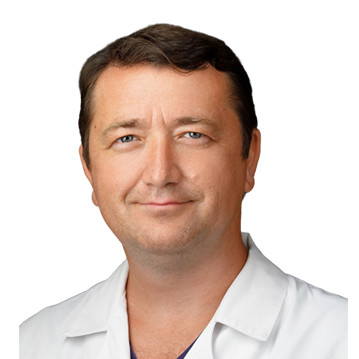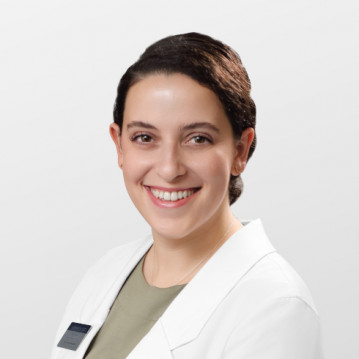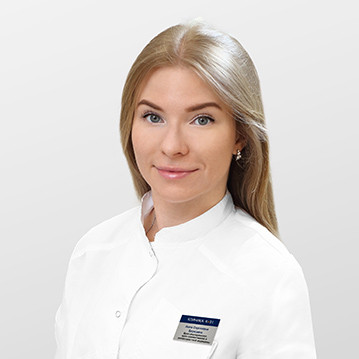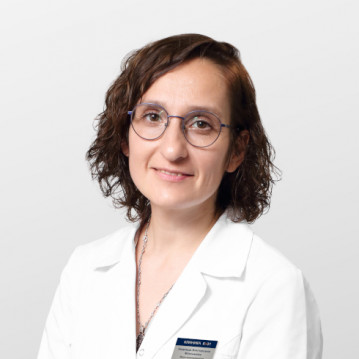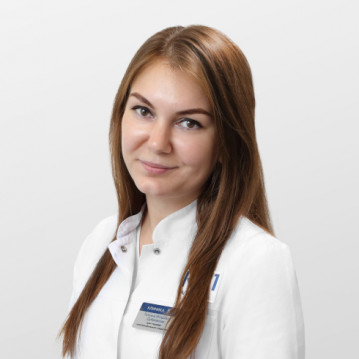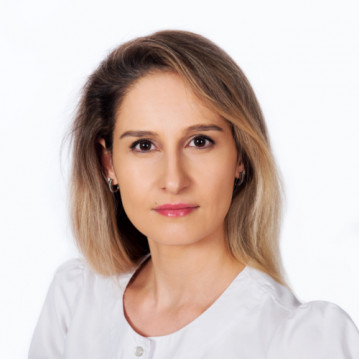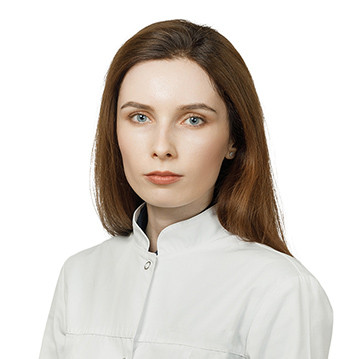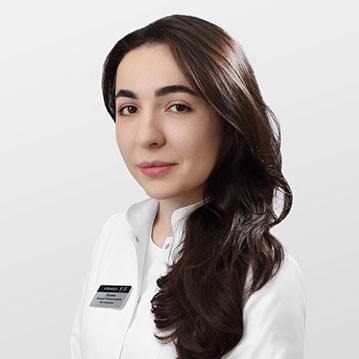Symptoms
The symptomatology of thyroid diseases is diverse, but most of the symptoms are associated with the body's ability to produce / not produce the necessary amount of thyroid hormones T3-T4.
As a result of thyroid disorders, the production of hormones T3-T4 (hypothyroidism) or their excess (hyperthyroidism) is reduced. In the first case, metabolic processes are inhibited, and in the second, they are accelerated and create a burden on the work of internal organs.
If hormones are produced in insufficient quantities (autoimmune thyroiditis, hypothyroidism) , the patient has:
- weakness, fatigue, chilliness and constant drowsiness;
- mood swings, depression, deterioration in mental activity;
- inhibition of cardiac activity and a drop in blood pressure;
- swelling of the face and limbs;
- weight gain;
- menstrual irregularities in women;
- drying of the skin, hair and nails.
Hyperthyroidism (an excess of hormones T3-T4), on the contrary, causes:
- increased muscle motility and motor activity;
- activation of mental activity;
- anxiety and irritability, sleep disturbance;
- increased pressure and heart rate, arrhythmia;
- fever and sweating;
- accelerated metabolism, increased appetite, rapid weight loss;
- the effect of "bulging eyes" (exophthalmos).
Diffuse-nodular goiter exhibits symptoms in the later stages (hoarseness, visual cervical nodes, shortness of breath / swallowing). At an early stage, the disease can be detected only by ultrasound.
Malignant tumors are also difficult to diagnose in the early stages. In the later stages, they are accompanied by weakness, weight loss, soreness, inflammation of the internal organs (cancer intoxication).
Features
- The frequency of thyroid diseases in recent years is actively growing (second place after diabetes).
- Nodular or endemic goiter is diagnosed in more than 650 million people in the world.
- 1.5 billion people in the world suffer from iodine deficiency diseases, and the number of patients is growing at 5% annually.
- In some regions of the world, treatment of thyroid disease is required for 95% of the population.
- Every year, thyroid pathologies “get younger” and cause a lot of cardiovascular and mental diseases with rich symptoms.
- Thyroid disease (a decrease in hormone levels) often affects women (19/1).
At the initial stage, most thyroid diseases exhibit weak symptoms, and “mask” under other diseases. If you do not contact an endocrinologist, do not conduct a thorough diagnosis on time with the correct diagnosis, serious complications can arise that create a danger to life.
Diagnostics
Diagnosis of endocrine diseases is a complex process that should begin in the early stages. Endocrinological diagnosis involves:
- the study of the patient's appearance (condition of the eyes, hair, skin);
- observation of behavioral functions (dialect, behavior);
- physical and medical history studies;
- immunodeficiency and enzyme immunoassay of blood and plasma (subclinical test for hormones T3, T4, TSH);
- determination of the level of antibodies in the blood;
- Ultrasound diagnostics of the size / volume of the gland;
- scintigraphy (determines anomalies in the structure of the gland) and thermography;
- Doppler mapping (study of blood flow inside the thyroid gland);
- cytological studies;
- fine needle aspiration biopsy with ultrasound (TAB) in the diagnosis of malignant tumors;
- isotope diagnostics (iodine or technetium);
- Ultrasound examination of internal organs for an effect on thyroid function.
Treatment and Results
Treatment of thyroid diseases depends on the results of diagnosis and the hormonal status that the patient receives according to its results. Usually, in the early and middle stages of the disease, conservative treatment (hormone therapy and chemotherapy) is prescribed, associated with the need to inhibit or stimulate the thyroid hormones T3 and T4.
A medical course of treatment can be based on lifelong administration of hormonal stimulants or thyreostatics (hormone production inhibitors). These techniques can have side effects and addiction to drugs or atrophy of thyroid tissue. Therefore, in recent years, medicine has been actively using safe herbal preparations with a high content of iodine and active plant components.
In the case of pathological nodes and tumors (toxic goiter, etc.) that cause difficulty in swallowing and breathing, surgical resection of the node or part of the thyroid gland, as well as thyroidectomy, are used. After the operation, however, the patient needs a rehabilitation period and lifelong administration of hormonal drugs. The use of modern minimally invasive surgical techniques significantly reduces postoperative stress and shortens the rehabilitation period.
Prevention
Prevention of thyroid disease involves:
- the introduction of iodized salt into the diet, as well as milk, bread, bran with a high content of iodine, herbs, seaweed, fish and seafood, legumes, nuts, persimmons, kiwi, chokeberry.
- taking herbal preparations and herbs with a high content of iodine, cobalt, manganese and protein;
- taking immuno-enhancing drugs;
- procedures for painkiller, soothing and tonic herbal medicine.

